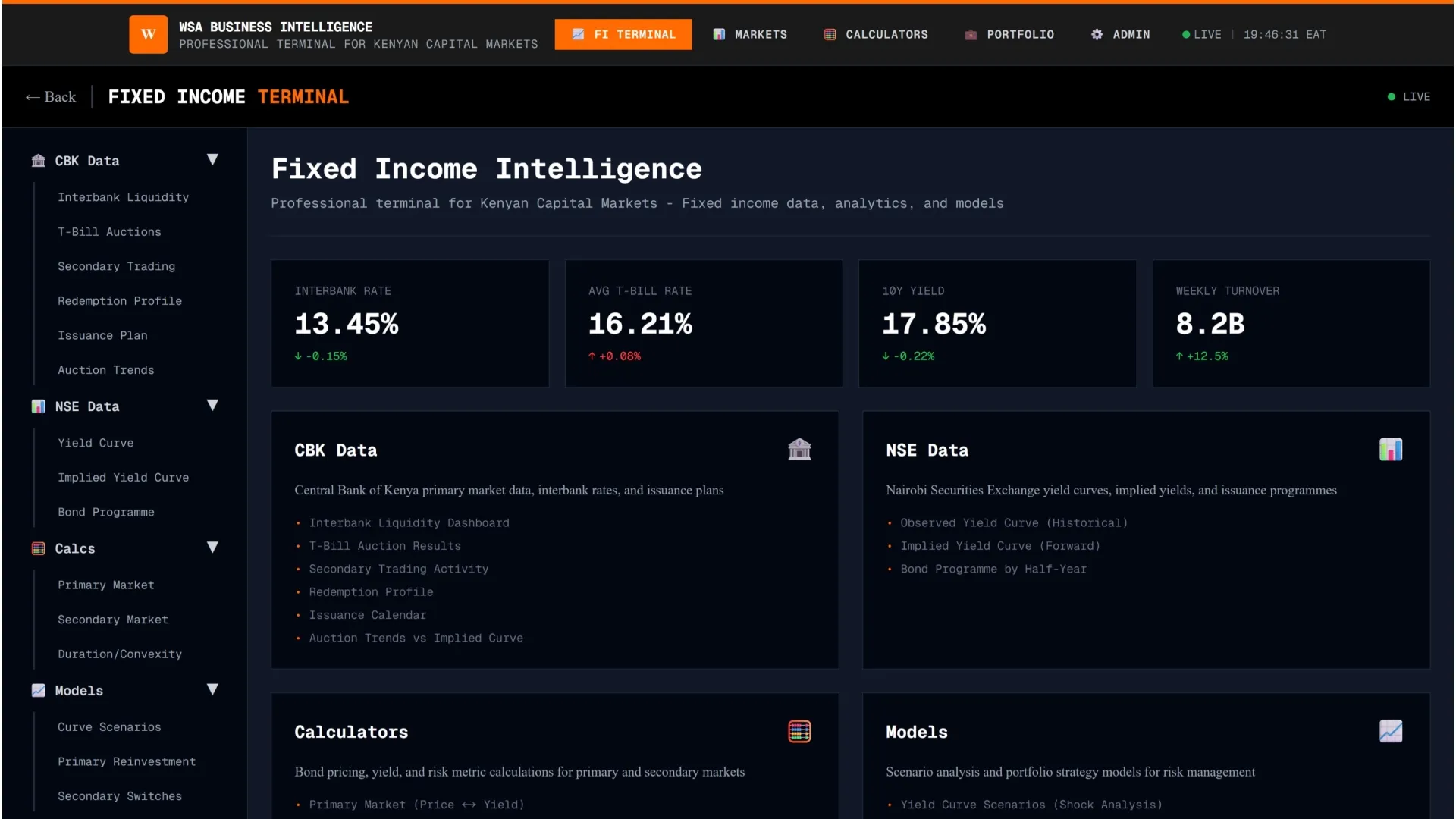Roads and Transport Cabinet Secretary Davis Chirchir has confirmed that the government securitized part of the fuel levy to raise KSh175 billion, marking the first public acknowledgment of a financing strategy that has sparked political backlash and raised questions about Kenya’s debt transparency.
- •Appearing before the Senate on Wednesday, CS Chirchir explained that the government authorized the sale of rights to KSh7 out of the existing KSh25-per-litre Road Maintenance Levy to a Special Purpose Vehicle (SPV).
- •The move allows the SPV to raise immediate funds from investors using future levy revenues as collateral, a financial structure known as securitization.
- •The admission supports earlier claims made by Kiharu MP Ndindi Nyoro, who warned that the government was using the road levy as a disguised debt instrument, locking in future taxpayer funds without parliamentary approval.
“This borrowing is not reflected in official debt records, and Parliament was never consulted; this raises serious concerns about transparency, legality, and the long-term sustainability of public finances,” Ndindi Nyoro said.
“It is important to emphasize that this decision was made transparently, with full adherence to the law, and in line with best financial practices,” CS Chirchir.
Treasury Cabinet Secretary John Mbadi also responded to MP Nyoro’s claims, affirming that the securitization was necessary. He also added that remaining KSh 18 of the levy would be dedicated to its initial purpose of road maintenance.
“So there is nothing secret about securitisation. Everybody knows it. Where does he live if he doesn’t know that we were securitising this money? And we will continue securitising it. And we have no apologies to make,” CS Mbadi said.
CS Mbadi’s statement is tad problematic on its presumption that there was nothing secretive about the securitization scheme. Since there are no public records of the plan, many Kenyans only learnt about it when MP Nyoro proclaimed it.
While Chirchir maintained that the securitization does not create new debt and carries no liability for the Kenya Roads Board, the mechanism effectively converts a portion of future tax revenues into upfront cash to settle long-overdue contractor bills.
Securitization, in this context, enables the government to bypass traditional debt markets by pledging expected cash flows (in this case), fuel levy collections, to raise funds. The KSh175 billion raised will go toward clearing over 580 stalled road projects inherited from the previous administration. Although it does not appear in official debt statistics, the model creates long-term fiscal obligations and limits flexibility for future budgets.
The confirmation arrives as the public reels from fresh fuel price hikes. Earlier this week, the Energy and Petroleum Regulatory Authority (EPRA) increased petrol, diesel, and kerosene prices by nearly KSh 9 per litre nationwide.
Ndindi Nyoro, who was previously a government insider in the Legislature, said that domestic taxation was the real culprit behind the soaring fuel costs, saying more than KSh 80 per litre of petrol and KSh 76 for other fuels are swallowed by taxes and levies. Various gov’t officials have denied any connection between the price adjustments and taxation, attributing the changes to global oil markets.
The additional KSh 7 levy now underpinning the securitization scheme was first floated in June 2024 by then Transport CS Kipchumba Murkomen, who pitched it to Parliament as a bitter but necessary prescription for Kenya’s crumbling roads and inflation-warped maintenance budget. At the time, Murkomen warned that the KSh18 per litre rate had lost its effectiveness as its purchasing power eroded by years of rising construction costs and successive economic shocks.
He estimated that the increase would boost collections to KSh115 billion annually, a figure pitched as a lifeline against a KSh727 billion maintenance backlog. But the hike, layered atop a controversial VAT increase and simmering conflict in the middle east was more than just a fiscal fix. For millions of Kenyans at the pump, fuel became more expensive than even landlocked countries like Uganda and Ethiopia.




